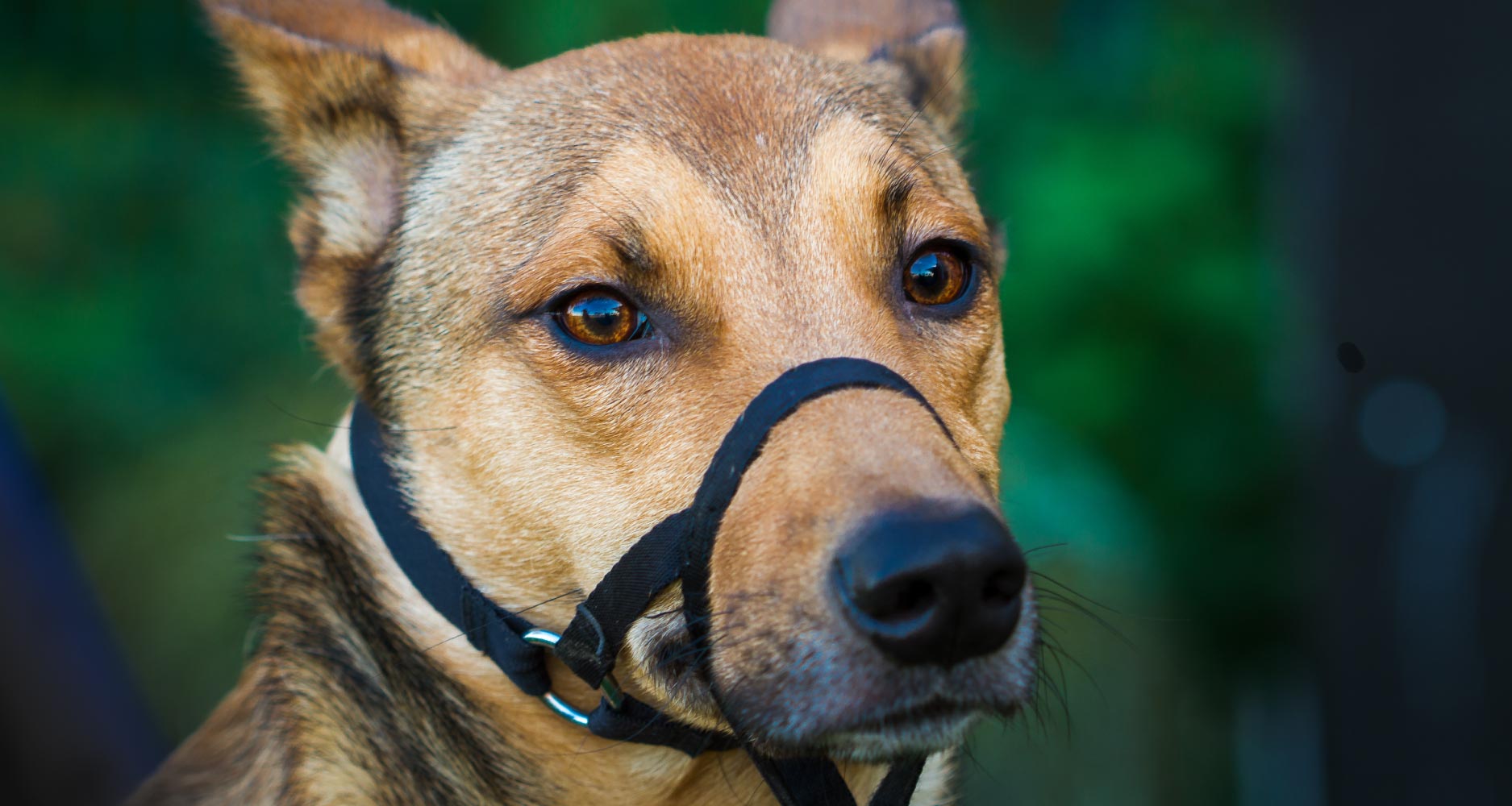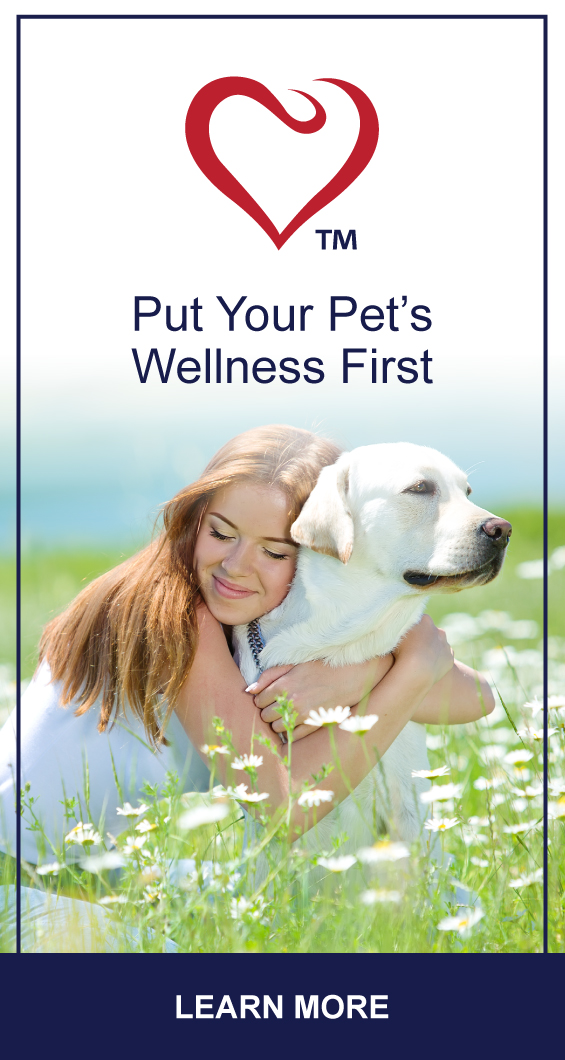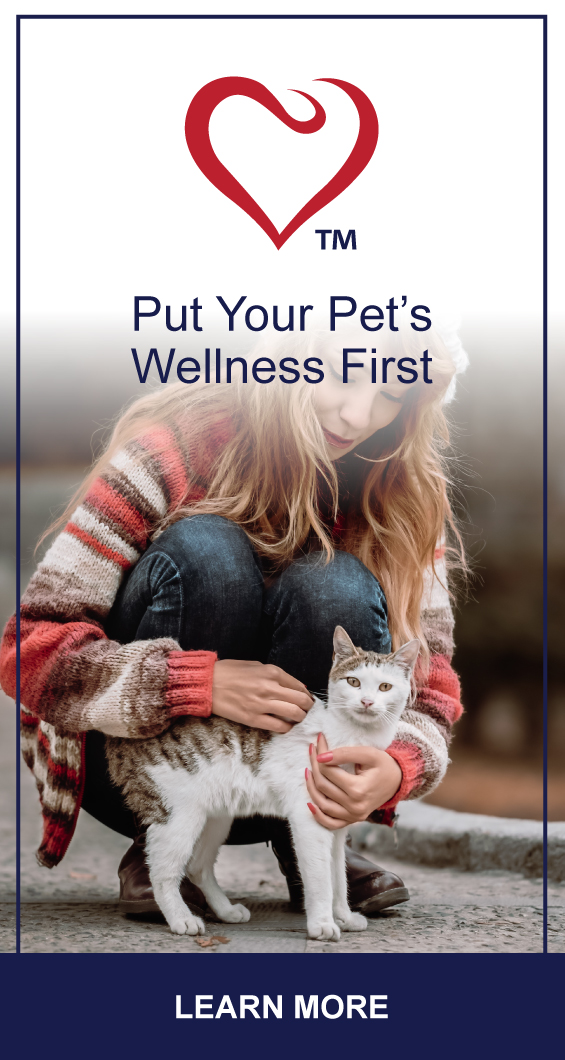TRAINING & BEHAVIOR

TRENDING

SIGN UP and Start Receiving
Our Monthly Newsletter,
The Chronicles
Using a Muzzle as a Training Aid: What You Should Know

Many (if not most) dog owners tend to find the use of muzzles upsetting or even inhumane.
Here are some of the main concerns and questions:
- Does it hurt?
- Isn’t it cruel?
- How long can it be worn?
- Is it really necessary and when?
- Is breathing, panting or drinking water difficult?
- If you have to use it, which type is recommended?
It may be hard to accept, but apparently quite a few canine experts believe the use of a muzzle may benefit both a dog, a person or both in an unforeseen future scenario. Maybe you never find yourself in such a position; either way, it could be good to know more about this training aid for dogs.
IN WHICH SITUATIONS IS THE USE OF A MUZZLE PASSABLE?
- There’s an emergency: it’s not uncommon for dogs to act aggressive when they’re injured or experience severe pain which understandably creates fear in dogs.
- There’s a perceived risk: when you anticipate a threatening situation, based on previous aggressive behaviour (which should be addressed immediately), or if you’re just (rationally) worried in general.
- Grooming issues: many dogs don’t mind being groomed while others seem to hate it, even if they were introduced to various procedures since puppyhood.
WHEN SHOULD A MUZZLE NOT BE USED?
Don’t use a muzzle to curb behavioural issues, which include inappropriate barking, chewing and similar issues. Using a muzzle won’t solve these problems because you’re not addressing the real issues; you’re simply trying to control it in a way that’s most convenient. Instead, you should figure out what’s causing the behaviour and address it appropriately.
Don’t punish your dog by using a muzzle. Again, it won’t fix the problem underneath the surface. In the future, when the muzzle could be useful, your dog won’t react well to it.
NOTE: A muzzle is not a regular ‘accessory’ to be left on like a collar. Only use this training aid for short periods, under supervision. Some muzzles don’t allow drinking, panting and eating which is very dangerous.
THE IMPORTANCE OF A GOOD FIT
Not all muzzles are safe and effective. For a muzzle to work, make sure it fits properly before slowly starting muzzle training. Before investing in one, learn about the types and speak to various certified behaviourists and veterinarians.
WHAT YOU SHOULD KNOW BEFORE YOU GET STARTED
The biggest mistake you can make is placing a muzzle on a dog because it’s necessary (or convenient) in that moment. Imagine someone did something similar to you and all of a sudden you’re in the middle of a threatening situation, with this thing on your head. You’re not in control and your body can’t do certain things it’s used to.
TRAINING ADVICE AND TIPS
The same as with other behaviours you want your dog to learn, you need to be patient and consistent as you repeat the lessons. A few wrong moves and you could end up with a dog that rejects a muzzle which will almost certainly be a problem in the future when you need to use one.
It’s very important that the muzzle training environment does not cause stress. Slow progression and the right awards are also considered very important.
If you think about it, dogs actually tolerate a lot of weird and irritating things we expose them to. Many are nervous with vet visits, grooming ‘outings’, new places, new faces and even unfamiliar dogs. Considering the above, it should actually not be surprising that they can resort to biting if they’re scared or in pain. Unfortunately only one bite is enough to establish a ‘bite history’, which is quite unfair, but a fact that can’t be ignored.
Training Tips: Slow and Steady Steps
- Show the chosen muzzle, encourage a sniff, reward and repeat.
- Take the muzzle and gently make contact with the nose then reward. Repeat these actions until it looks like a positive interest in the muzzle develops.
- Encourage a voluntary entrance. Hold the treat in a way that the dog needs to insert his nose inside the muzzle to access it. Keep repeating until the dog seems comfortable.
- Next, be gentle as you slip the muzzle on and off, quickly, with a reassuring treat in between. Keep practising these movements for a while.
- Before step 6 you can let the collar hang loosely around the head and/or neck before fastening the buckle.
- After gently slipping on the muzzle, fasten the buckle, offer a reward and loosen the buckle quickly and remove. Again, repeat this part of the training.
- The quick removal now comes to an end and extended wearing time starts. Once the muzzle is comfortably secured you can start counting to five then reward before gentle removal.
- Build on the step above, but start increasing the time that the muzzle is left on. Go from a few seconds to 30 seconds, to a minute, a couple of minutes, etc. Always reward good behaviour while gently but firmly holding onto the collar while training.
Clicker training can also be used: good behaviour is confirmed with a ‘click’ sound followed by a treat. Gestures and marker words are other options, also combined with treats.
It may be effective to make time to go through all the steps in one day, if the dog seems comfortable enough and the response continues to be positive. If you have to or want to split up the training steps, don’t confuse or alarm the dog by just jumping to the ‘muzzle-on’ step.
Keep training, keep treating and keep calm and gentle. Eventually the occasional muzzle wearing scenarios should become accepted.
NEVER LEAVE A MUZZLE ON AN UNSUPERVISED DOG
TYPES OF MUZZLES AND THEIR USES
- The Basket Muzzle: Some of these may look cruel, but they’re actually not the worst option. The part between the eyes and nose should have a form of cushioning and it doesn’t always need a support collar around the neck if the part running along the sides of the face are effective enough. If you go this route, make sure your dog can still drink water and pant (to cool off). For larger dogs, to prevent bites, a wire basket muzzle is recommended. A plastic basket muzzle should be sufficient for small dogs.
- The Soft Muzzle: Although the material (whether nylon, leather or mesh) seems more comfortable, a soft muzzle may not be that safe as it can prevent panting which helps dogs cool off.
- The Homemade Muzzle (not recommended): sometimes, in case of an emergency, this temporary last resort could help prevent a dog from biting those who try to assist after an injury. If possible, only use a soft material (for example gauze or pantyhose) and don’t close the nose. If no other option is available, a soft rope or a leash could be considered. If you don’t ever want to rely on a homemade muzzle, get the safest muzzle as possible at a reputable pet store and keep it where it’s easy to access.
Rewards should be reserved for good behaviour only. When your dog becomes annoyed or pulls out of the muzzle, don’t resort to scolding. Instead, offer a distraction (go outside for a few minutes) or start over when your dog looks ready.
After a while they should get used to wearing the muzzle for an appropriate period. Some owners invest in a ‘funny’ muzzle. These have bright colours, funny illustrations or interesting patterns which help with how people respond to muzzles. A calm, friendly reaction is better than an anxious, jumpy reaction.
MUZZLE MEASUREMENTS
Preferably, only talk to a qualified expert or at least a very knowledgeable salesperson before investing in a muzzle. Important features to look for before buying:
- The muzzle should not be too loose.
- It should not be too tight. Breathing, panting and drinking should be possible.
- A muzzle that’s too tight will cause painful chafing that may even become infected.
- Don’t order online before taking the correct measurements. If the product arrives and it doesn’t fit don’t even consider using it.
Whether using a muzzle is for you or not, you may have learnt more about why people sometimes use it and why training is important if you have to rely on it someday.
Related Articles










